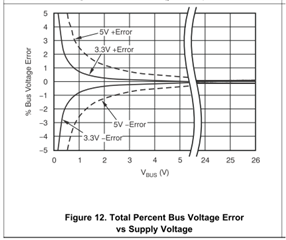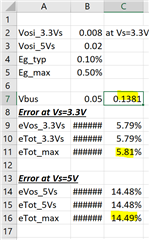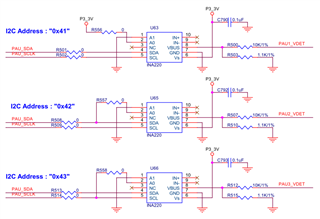Other Parts Discussed in Thread: INA232, INA234
Hello,
My customer wants to do voltage sensing using INA220.
If the device setting is 0~16V and the actual input voltage is 0.1381V, can you tell me how much the measurement error difference will occur between INA220A and INA220B?
They say that it is not easy to predict measurement error from data sheets alone.
Thank you.
JH






